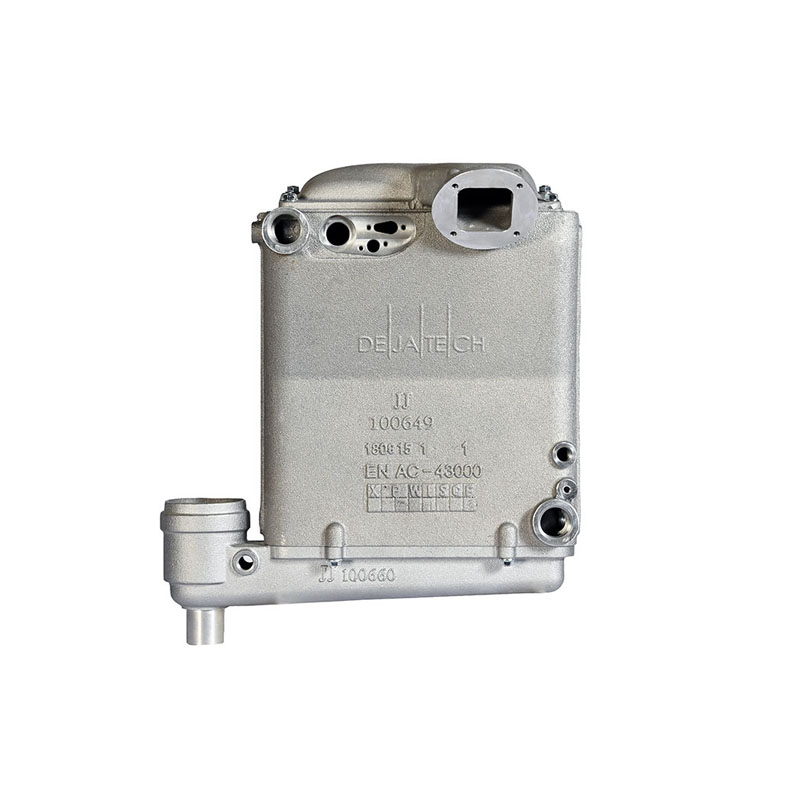How does a condensing heat exchanger work?
2023-10-17
A condensing heat exchanger is a crucial component in various heating systems, particularly in high-efficiency boilers and furnaces. Its primary function is to recover heat from the combustion process that would otherwise be lost and increase the overall efficiency of the heating system. Here's how a condensing heat exchanger works:

1. Combustion Process: In a typical heating system, such as a gas furnace or boiler, fuel (e.g., natural gas or oil) is burned in a combustion chamber. This process generates hot gases, including water vapor (steam) as a byproduct of combustion.
2. Heat Transfer: The hot combustion gases flow through the primary heat exchanger, where they transfer their heat energy to the surrounding air or water. This initial heat exchange raises the temperature of the air or water that will be circulated throughout the building for heating purposes.
3. Condensation: The key feature of a condensing heat exchanger is its ability to extract additional heat from the combustion gases by allowing them to cool to the point where the water vapor in the gases condenses into liquid form. This phase change releases a significant amount of latent heat energy, which is captured and added to the overall heat output of the system.
4. Secondary Heat Exchange: The condensing heat exchanger is typically a secondary heat exchanger separate from the primary heat exchanger. It is made of materials that can withstand the corrosive effects of condensed water and is designed to maximize the contact between the hot combustion gases and the cold return water (or air) from the heating system.
5. Efficiency Boost: By capturing the latent heat of vaporization through condensation, the condensing heat exchanger significantly increases the overall efficiency of the heating system. It allows for higher efficiency ratings, as much of the heat that would otherwise be lost up the flue is recovered and used to heat the building.
6. Drainage: The condensed water produced in the condensing heat exchanger needs to be properly drained or removed from the system to prevent damage due to acidic byproducts of combustion. This typically requires a drain line and a mechanism to dispose of the condensate safely.
In summary, a condensing heat exchanger works by taking advantage of the latent heat energy released when water vapor in the combustion gases condenses into liquid form. This additional heat recovery significantly improves the efficiency of heating systems, making them more energy-efficient and environmentally friendly. It's important to note that condensing heat exchangers are most effective when the incoming return water (or air) temperature is cool, which is why they are commonly used in high-efficiency condensing boilers and furnaces.


